H

#SERVICE-DESIGN
Funnel optimization
Data has emerged as the primary wellspring of business insights, offering avenues to discover novel opportunities in products and services. While this concept has existed for some time, its momentum has surged with the rapid evolution of technology. The utilization of data spans a diverse spectrum, encompassing strategic decision-making, market expansion endeavors, development of niche products, and the enhancement of user experiences. In this article, our focus will be dedicated to delving into the optimization of user experiences through data-driven approaches.
In the present day, it has become feasible to track the journey of every user, tracing their progression from the initial digital interaction to the ultimate acquisition of our product. This is accomplished by meticulously tracking each user’s actions as they navigate our website or application, working towards a specific goal. This sequential progression of actions is commonly referred to as a “funnel.”
What is a funnel
Comprehending a funnel can entail a substantial learning curve, given the diverse variables inherent to each scenario. These variables contribute to distinctive user behaviors and outcomes, stemming from factors such as user demographics, product attributes, media and traffic channels, communication strategies, marketing efforts, temporal considerations, and available information. The intricacies diverge significantly across various contexts; for instance, the process of selling loans contrasts starkly with that of selling insurance, just as the dynamics of promoting smartphones vary from those surrounding automobiles. Moreover, launching a campaign in January may yield disparate outcomes compared to a campaign launched in December. Additionally, users arriving from different sources, such as Facebook versus Google searches, can exhibit varying behaviors and responses.
Let’s go from the very basic to the most complex so that we can see the potential of a funnel.
At its most fundamental level, a funnel represents the sequential steps or stages that users undertake to accomplish a specific task. Whether it’s making a purchase, requesting reports, renting a bus, or even reading an article, all these actions can be visualized as part of a funnel. By delineating this user journey, we can track the transition of users from one stage to the next as they navigate or attempt to complete an action. A standard funnel structure might appear like this:
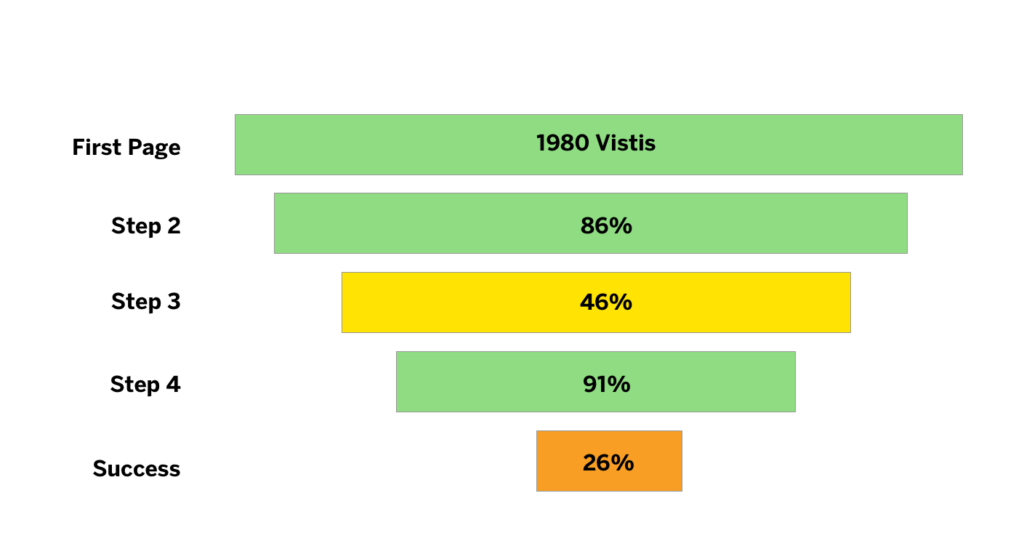
But what if we segment users according the device they use to navigate. Or if we start to track users who arrived through an organic channel as SEO behave paid media. Here we begin to have a more detailed funnel that allow us to have more concrete findings.
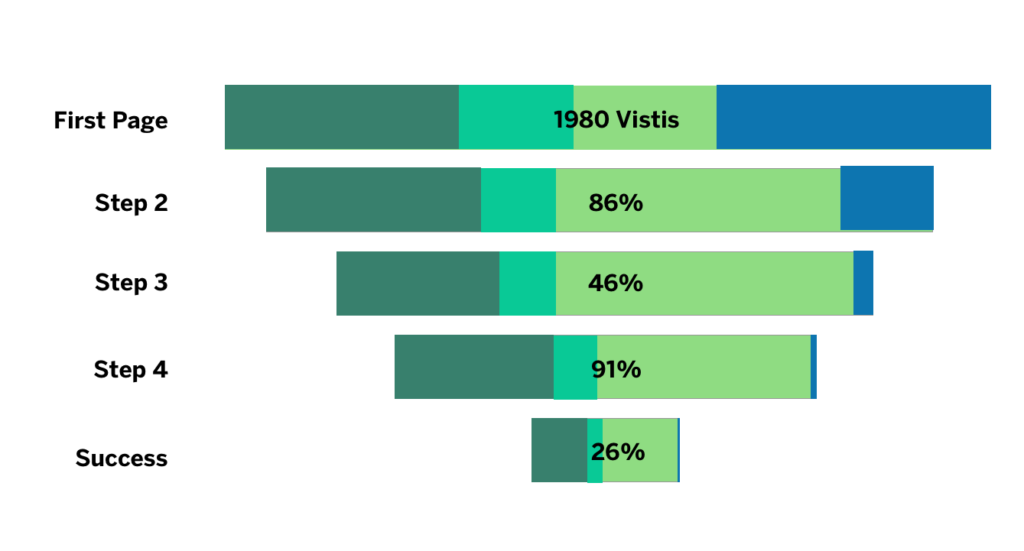
For instance, user behavior differs significantly based on whether they possess a strong motivation (desire), are already familiar with our offering (interest), or are merely encountering it for the first time (awareness). Additionally, comprehending the nuances of segmentation and marketing strategy proves indispensable for effective analysis. For instance, it’s common for a funnel’s conversion rates to fluctuate during pivotal decision-making points, such as accepting a quote or providing personal data. However, these fluctuations are correlated with the segment traversing the funnel. When the most engaged users progress through the process, the decline at these stages tends to be less pronounced compared to scenarios where users are primarily seeking information about the offering.
Analyzing a funnel
Analyzing the data is only the beginning of a design process aimed at optimizing a journey. The data will serve for: identify what is happening, generate hypotheses and measure the impact that our decisions will have on the funnel. But an optimization process requires more steps, very similar to the scientific method where observation is only the beginning.

It’s crucial to recognize that quantitative analysis should be accompanied by qualitative analysis. This is because raw data alone might not accurately mirror users’ cognitive processes, leaving us uncertain whether their responses stem from their genuine preferences or are merely shaped by the options presented. For instance, consider a scenario where we offer three distinct packages to users, each with varying benefits. If only 1% of users opt for one particular package, solely relying on a data-driven perspective might lead us to conclude that the package lacks appeal. However, this overlooks the possibility that users may not fully comprehend its benefits or that another element is overshadowing its merits.
WE NEED TO BE SURE.
Conducting an experiment to test hypotheses is a pivotal aspect of the process. While such experiments often manifest as A/B tests, these tests solely yield visible outcomes in the data, without offering a comprehensive understanding of the underlying causes. To truly comprehend the mechanisms at play, we necessitate a broader array of tests that extend beyond mere observation. This is where usability tests emerge as notably more potent.
Similar to any experiment, it holds equal significance to document both successful endeavors (for replication) and unsuccessful ones (for cessation). In both instances, comprehending the underlying reasons is pivotal. This marks the juncture where funnel analysis transcends its role of mere sales enhancement, transforming into a wellspring of invaluable insights and learning opportunities.
The funnel as a source of information
Much like scientists preserve all their findings, even those stemming from unsuccessful experiments, it’s imperative to safeguard and share knowledge. This practice mitigates the risk of repeating errors and fosters the development of superior strategies, leveraging the insights amassed through deeper comprehension.
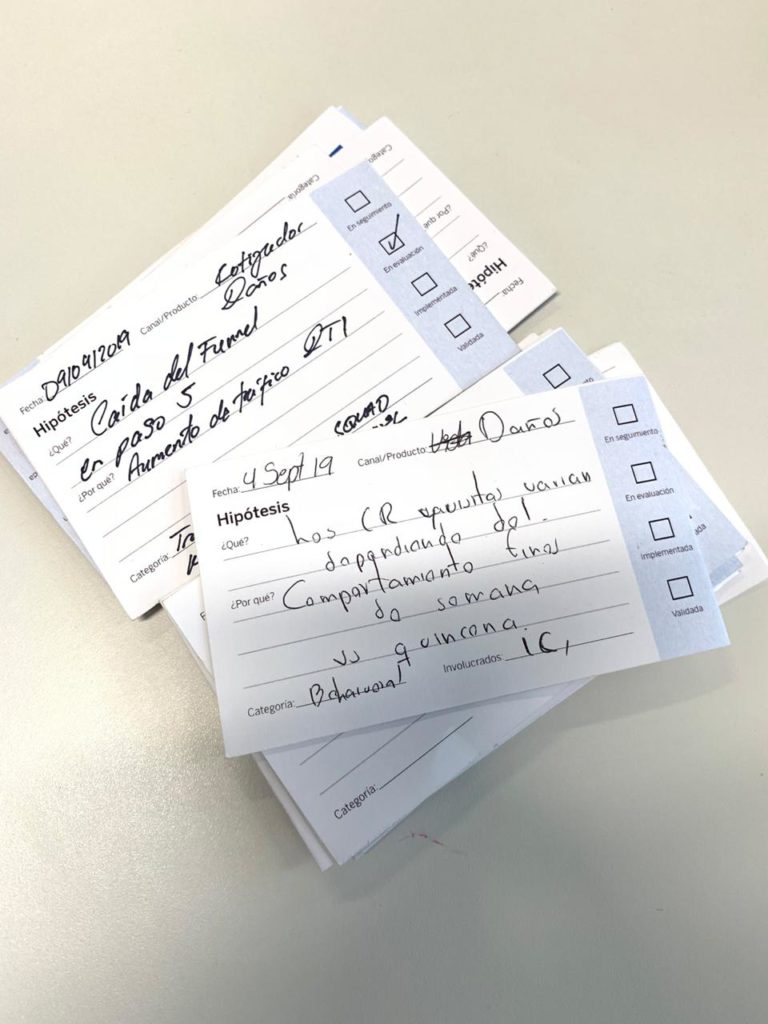
Over the past few months, I’ve been extensively engaged with funnels, and I’ve come to realize that the ultimate value of data analysis and optimization lies in the realm of learning. While we can perpetually design through an iterative process, this endeavor would be in vain if the insights gained are not retained. This realization prompted me to initiate the creation of a blog, serving as a repository for the hypotheses we formulate and the corresponding outcomes post-experimentation. After exploring various tools such as Excel and paper cards, we settled on a hypothesis journal in the form of a blog platform. Through this medium, we meticulously document our funnel discoveries.
To sum up, optimization should encompass not just the value we provide to customers, but also the efficiency of delivery efforts. It involves not only refining user journeys but also streamlining our processes to minimize waste. The added but gratifying advantage of continual learning from funnel analysis underscores the significance of this approach. Don’t you find funnels exciting?
About our process

Understanding
We can't jump to an adventure if we don't know why we want it and what we are looking for. Understanding the real problem, the user needs and the vision business is just the start to find the right solution.
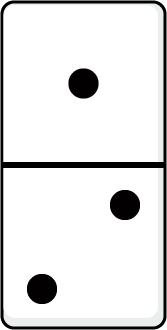
Defining
A clear objective will lead to a positive result. Making decisions is difficult when we only see a part of the image, we need to measure the impact that our choices will make on clients, competence and every component of the organization.

Ideating
So you have the why and the what, but you still looking for the better how. Thats the moment to get out of the box, and start to think bigger but focussed.
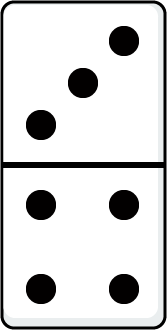
Evaluating
Let's iterate, don't take anything for granted, we must indentify what is wrong and what is right, and go back if it is needed. The innovation is waiting.
Also we can talk on LinkedIn